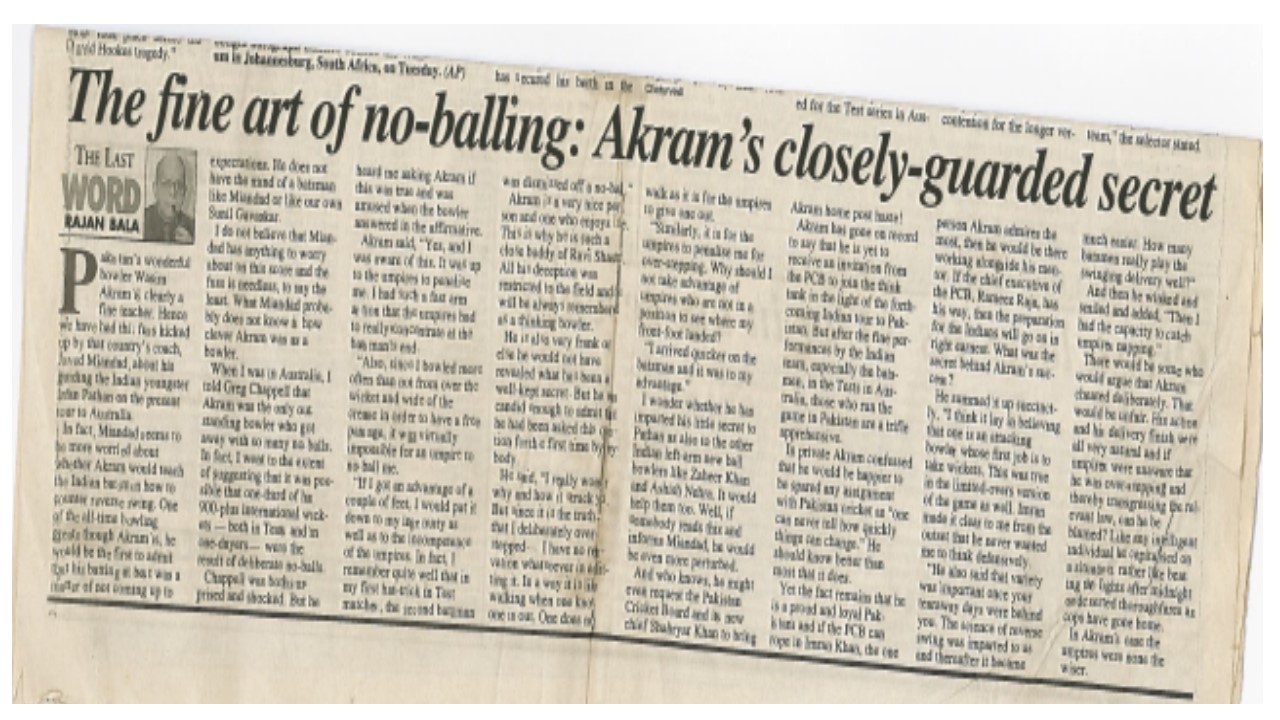The 11th IPL edition has began, and it is heartening to see BCCI has appointed Ajit Singh, a former DGP of Rajasthan as their head of Anti-Corruption Unit for 2018 IPL. He would team up with Neeraj Kumar, who has been retained as Advisor for the unit till May 31, 2018.
It is heartening to know that apart from its ACU, BCCI will involve with ICC’S Anti-Corruption Unit for this year’s IPL
I believe these measures is inspired by how Cricket Australia dealt with their own players (captain, deputy and rookie opener) in regards to ball-tampering.
However cricket is a longest sport and hardly accurately performed. It is a team sport where tactics and strategy are key to its result. Hence players need to be aware of their role-play, and their cooperation with each other.
At all level a cricketer should be aware of game tactics and strategy, otherwise he is not worth his salt as a cricketer or a team man. And test cricket is played for 5 days. Strategy change according to match situation, and balance of the whole game. I am sure teams/players have a plan everyday which is not discussed at the beginning of the game or a series. It might be the shortest or smallest but a plan is always there before they step on the ground.
Hence whole squad(including coaching staff, medical and selector who is traveling with team) should be aware of tactics employed by the team.
There is very less chance for a player to break the law randomly, unless it is discussed by its leaders(senior players included).
In terms of ball-tampering it would be discussed in length on how much & which side of the ball will be scuffed up, so that particular bowler in that phase of the match can benefit.
There is always a trial period or rehearsal time to find whether ball-tampering(in this case)can be done successfully.
Int.cricketers are played good amount of money, therefore there would be a thorough analysis of its execution. Hence include bowlers for questioning and coaching staff including medical team and that particular selector who is traveling with the team. Then one has to question umpires, as the ball is returned to them after every over. They have enough experience to know whether the condition is altered or not.
In the end it is the broadcaster job to be the eye for all of us. Their responsibility is to follow the ball, as they will find dirt(if it is staged).
After catching Cameron Bancroft attempting to tamper the ball, the broadcaster have set a high standard in watching everything. Now this revelation has raised the bar for other broadcasters to emulate. However they need to focus on those incident that is directly related to disrupting the game and its values.
I also believe ICC should insist umpires to watch and penalise every no-ball that is bowled, currently in test cricket umpires are only checking wicket replays!. It is a matter of one run that batting team gains, and bowling team concedes, and every run is key to team’s success.
To conclude this post. There is this wonderful piece written by late cricket journalist Rajan Bala. This article was published on Feb 5, 2004 in Asian Age, under Rajan Bala’s column <The Last Word>.
I admire Wasim Akram’s courage to share this information to media. There are only few Int. cricketers who have the courage to admit their fallibility!.
Here is PDF file which is much clearer than above scanned JPG file.


